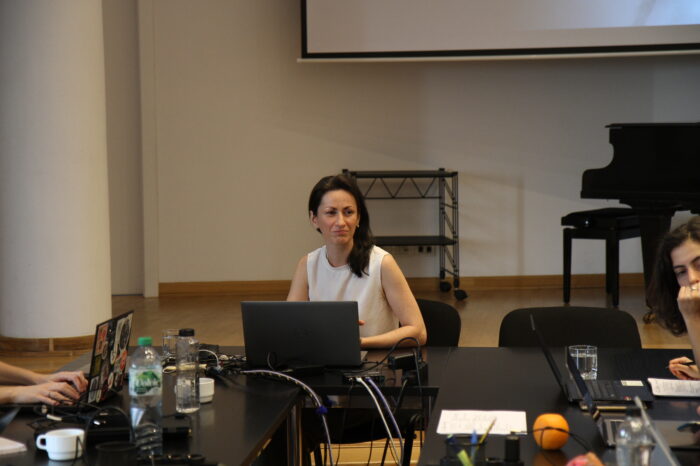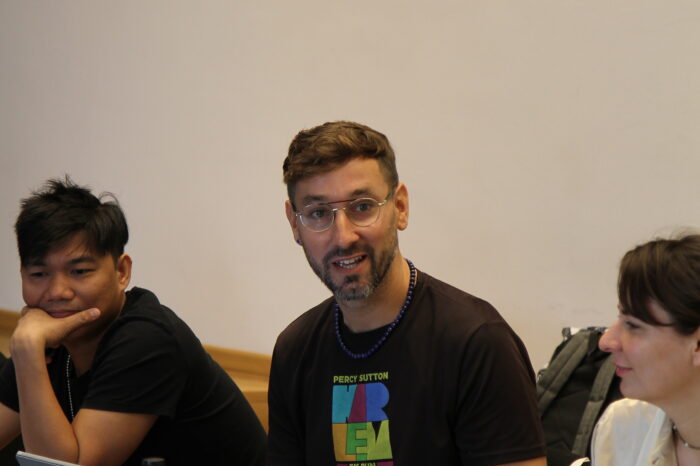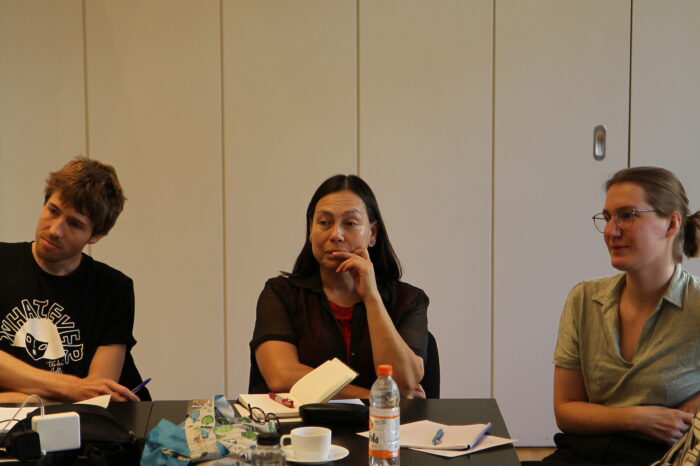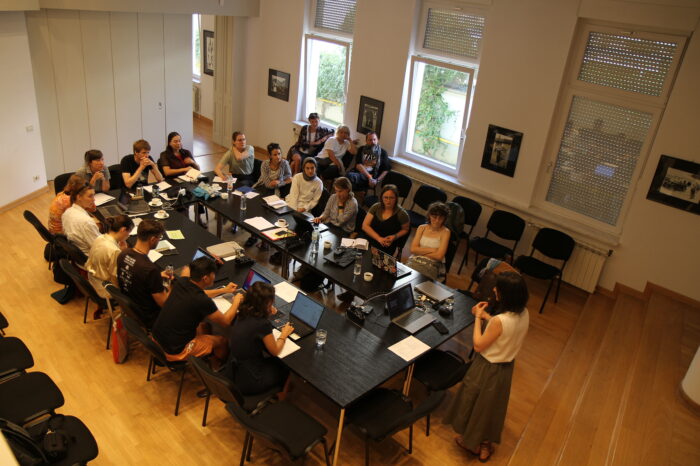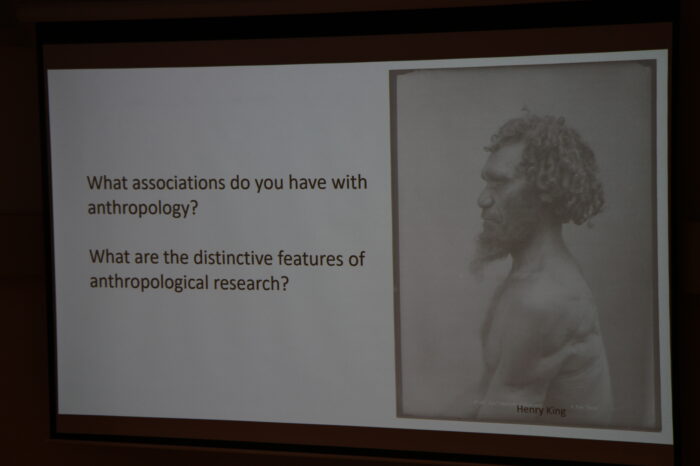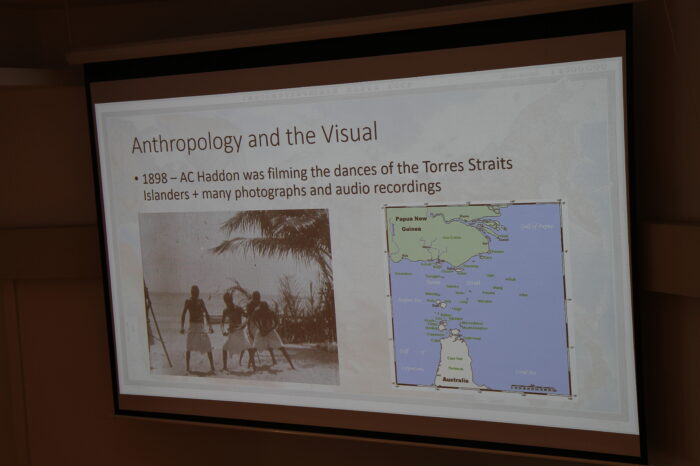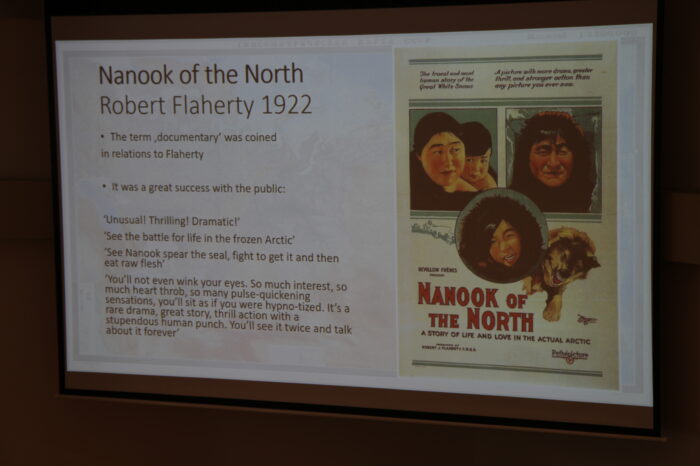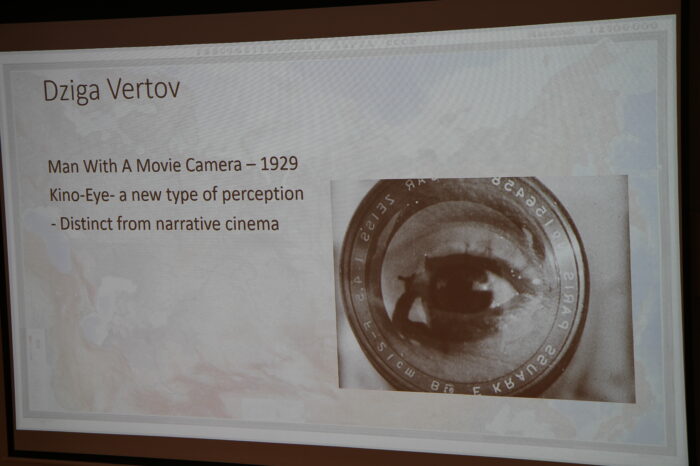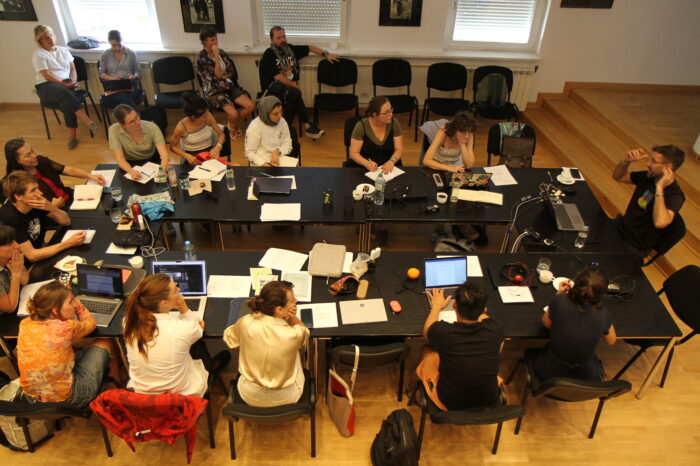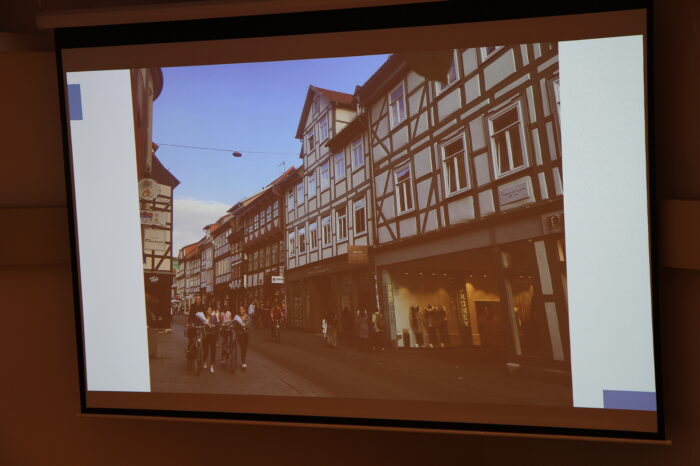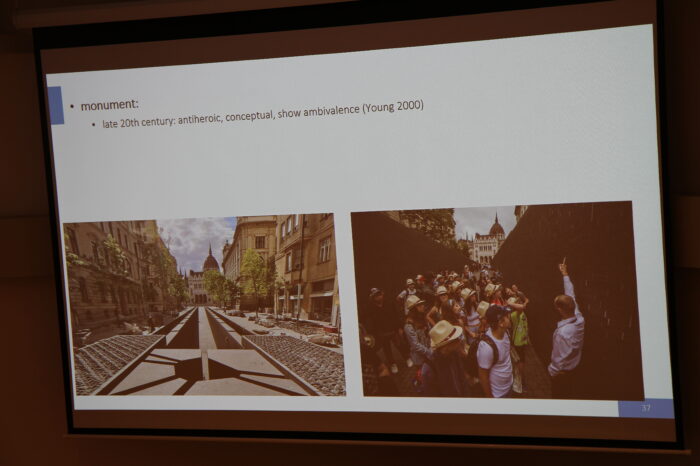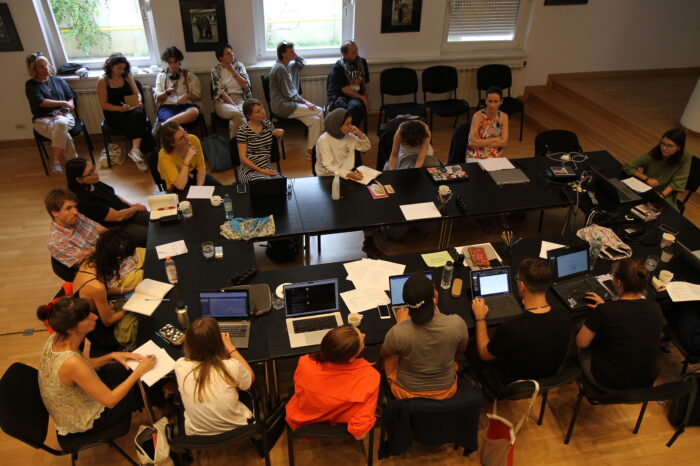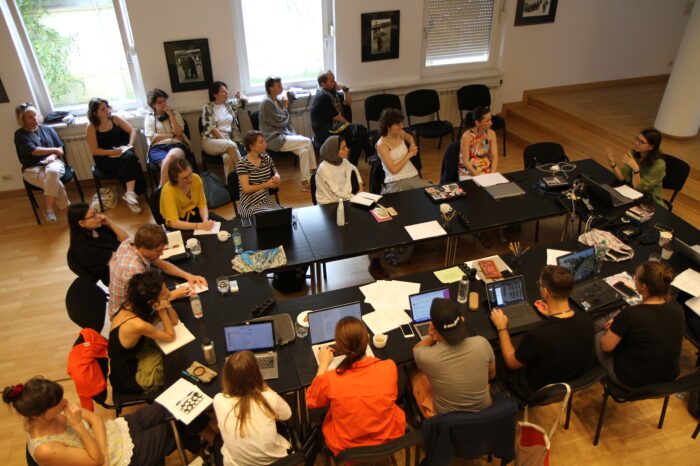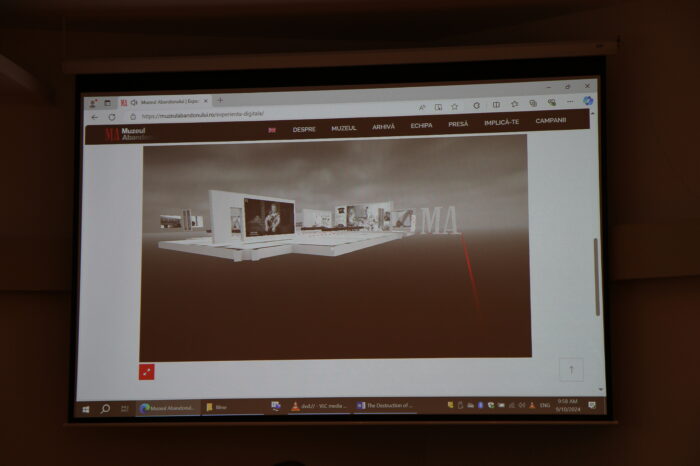CfA: SPOTLIGHT – Summer school on documentary filmmaking in social sciences (21-28 September 2025, Bucharest)
28 March 2025
CALL FOR APPLICATIONS
SPOTLIGHT – Summer school on documentary filmmaking in social sciences
Audiovisual capturing of dynamics of place attachment and identity in Central and Eastern Europe
Location: Bucharest, Romania
Date and time: 21th September to 28th September 2025
Organisers: Centre for Governance and Culture in Europe, University of St. Gallen (GCE-HSG); New Europe College (NEC); National University of Theatre and Cinematography names after I.L. Caragiale (UNATC); Free University of Bozen-Bolzano (unibz); University of Opole (UO); FORTHEM Diversity and Migration Lab UO; Moving.Lab.
Project description
The one-week-long, on-site summer school is dedicated to exploring the potential of documentary filmmaking for social science research and dissemination. It offers an intensive, practice-based learning experience which will acquaint the participants with audio-visual research methods and collaborative ethnographic filmmaking.
Audiovisual media production and attention to sensoriality help overcome text-centric approaches in research. By including sound, rhythm, composition, performance, texture, and nonverbal communication, it reveals knowledge arguably different from the text: ways of dwelling concern bodily perceptions in space, emotions, and sensory experience, which may all be better represented using the unique tools offered by working with film. Videography, moreover, allows for the establishment of an alternative communication platform during fieldwork, later with the audience, and with time as a (re)presentation of the historical, ideological period it belongs to. Visual methods are one of the possible instruments to overcome obstacles related to one-dimensional mono-rhetorical narratives, as they can bring back “muted” histories.
The fourth edition will make use of this potential to explore more-than-human worlds in the city. The potential of audio-visual to move beyond writing and words is especially promising when considering communication and entanglement with the non-human.
Bucharest
Bucharest has been growing since the mid-nineteenth century, as the capital of modern Romania. The city, which prides itself on being the “Paris of the East”, was hit hard by natural disasters, such as the earthquakes of 1940 and 1977, and by military and political crises, which directly affected human-non-human cohabitation. Still, Bucharest is often framed through its human history – its eclectic architecture and turbulent political past, while its entanglements with more-than-human life (stray dogs and cats, invasive plant species, urban pigeons and crows, Dâmbovița river’s aquatic ecologies) received less attention.
These multispecies trajectories are connected to historical events, city planning and architecture. Beyond the bombing of the Second World War, it was the Communist regime that transformed the urban structure of Bucharest. In the 1970s and 1980s, communist leader Nicolae Ceaușescu planned to systematise the central part of Bucharest, which resulted in the destruction of an entire low-rise residential district – Uranus-Izvor – to make way for the People’s Palace (now the seat of the Romanian Parliament). When thousands of residents were forcibly relocated from Uranus-Izvor to high-rise apartment blocks, many of their dogs ended up abandoned, creating a large population of homeless animals that formed packs and adapted to street life.
The result of another of Ceaușescu’s ambitious projects the Văcărești Reservoir was built south of the city. Following the 1989 Romanian Revolution, the project was abandoned, and, over time, nature gradually reclaimed the area, allowing a diverse ecosystem with hundreds of plants and animals to thrive. It currently is a natural park, also named the Delta of Bucharest, home to hundreds of plants and animal species. Nowadays, from pet hotels to bacteria art, relationships are radically reshaped by transnational flows and ecological changes.
Given the unique characteristics of Bucharest, in addition to teaching filmmaking in practice, the mission of this summer school is to employ audiovisual methods to explore personal encounters and political struggles of emergent urban ecologies and multispecies encounters, revealing tensions, adaptations, and cohabitation strategies that shape urban space beyond human agency.
What do we offer?
During one week, students will get acquainted with some aspects of the theory and practice of documentary filmmaking, and they can test/use the new skill during summer school. The main topics covered:
- the theoretical background of film in social sciences
- a brief introduction to the “Language of Cinema” (the storytelling, shots, takes (the technical and artistic side) and film editing, music/sound, time/rhythm, colours)
- the practice of production:
- from planning the project to arriving at the site
- from shooting until the premiere
Students will work in small groups and develop their own project with 5-10 minutes long audiovisual material. The final product will be screened in a public event on 27th September 2025, followed by a discussion with the audience.
Deadlines
Proposals should be submitted by e-mail to 2022spotlight@gmail.com by 30th April 2025. Participants will be notified of the selection results by 15th May 2025.
Eligibility
Who can apply?
Masters’ and PhD students from Arts, Humanities and Social Sciences.
What to submit?
- CV (1 page)
- A cover letter (max 600 words) explaining (1) what drives your interest in participating in the Spotlight summer school, (2) why are you interested in the multispecies/more-than-human approach.
Selection criteria
No previous experience in movie production is required. Preference will be given to students who have pursued studies/research on human ecology, multispecies ethnography, (more-than-human) geography, (sustainable) urban studies, historical ecology, environmental engineering, and students in sociology, anthropology, interdisciplinary art on similar subjects.
For selected applicants, the cost of participation (accommodation and a contribution to travel costs) will be covered by organisers.
Download the call as PDF.
A selection of photos from the previous edition (September 2024)
